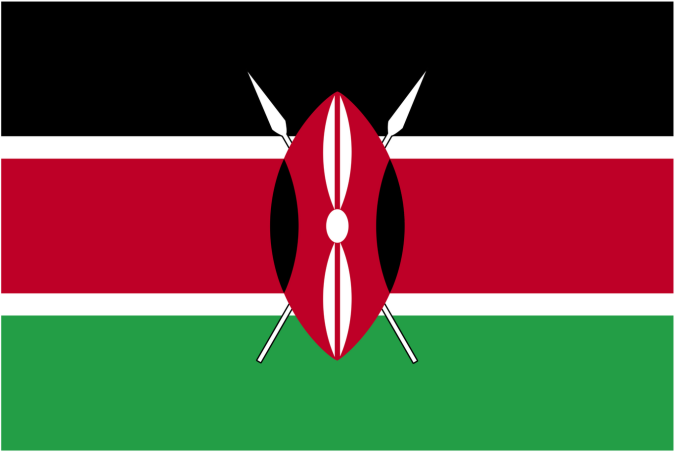KENYA: CBK launches QR Code Standard to boost digital payment usage

The Central Bank of Kenya (CBK) has launched a new QR code standard aimed at promoting the use of digital payments in the country. The new standard is expected to simplify the process of making payments using QR codes, making it easier for businesses and individuals to transact electronically.
QR codes are machine-readable codes that can be scanned using a smartphone camera to facilitate payments. They have become increasingly popular in Kenya, with many businesses adopting them as a payment method. However, the lack of a common standard for QR codes has led to confusion and interoperability issues, making it difficult for users to make payments across different platforms.
To address this issue, the CBK has developed a QR code standard that is expected to streamline the use of QR codes for payments. The new standard will ensure that QR codes used by different businesses and payment providers are interoperable, meaning that users can make payments seamlessly across different platforms.
The CBK has also mandated that all payment providers in Kenya adopt the new QR code standard. This is expected to ensure that all users have access to a common payment platform that is secure and reliable.
The launch of the QR code standard is part of the CBK's efforts to promote the use of digital payments in Kenya. The government has been pushing for increased adoption of digital payments in the country, as part of broader efforts to modernize the economy and reduce reliance on cash transactions.
The use of digital payments has many advantages over cash transactions. Digital payments are faster, more convenient, and more secure than cash transactions. They also provide a record of transactions, making it easier for businesses and individuals to track their finances.
In conclusion, the launch of the new QR code standard by the CBK is a significant step towards promoting the use of digital payments in Kenya. The standard is expected to simplify the process of making payments using QR codes and promote interoperability across different platforms. This is expected to boost the adoption of digital payments, making it easier for businesses and individuals to transact electronically.
 Africas leading resource for digital financial services
Africas leading resource for digital financial services


comments